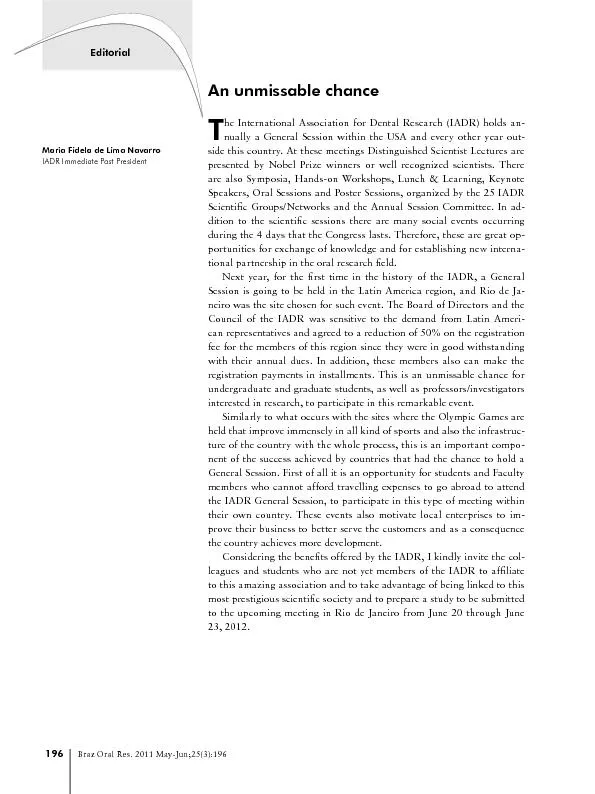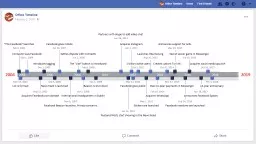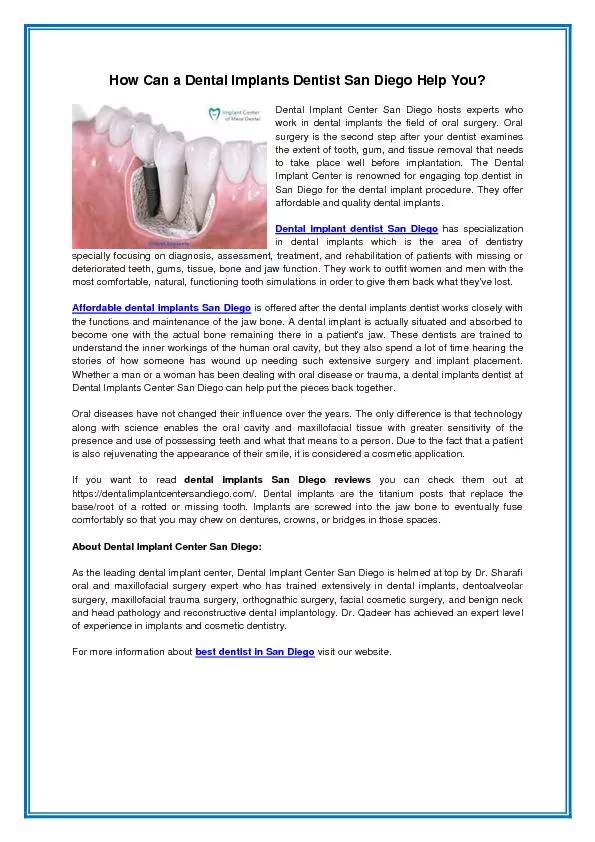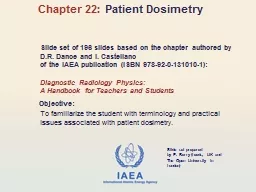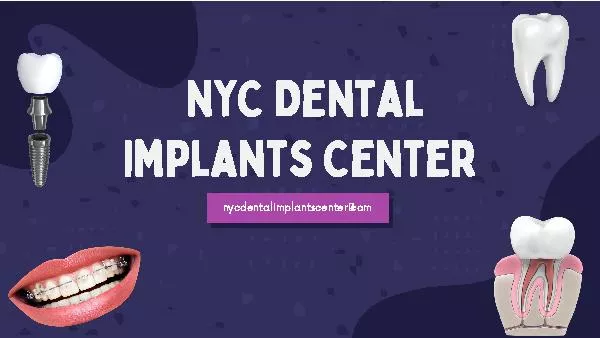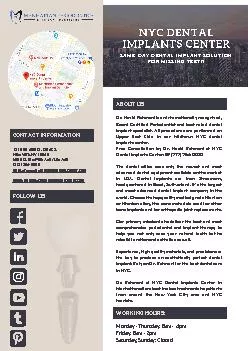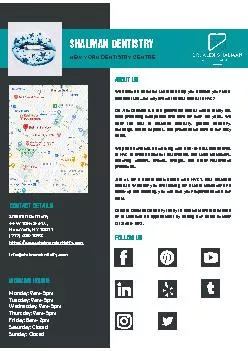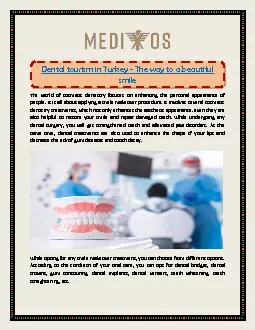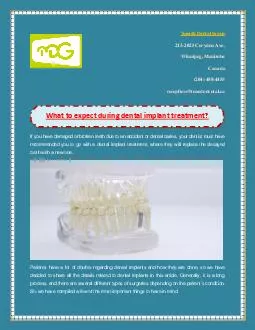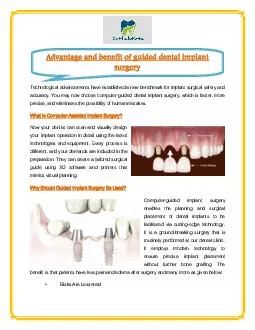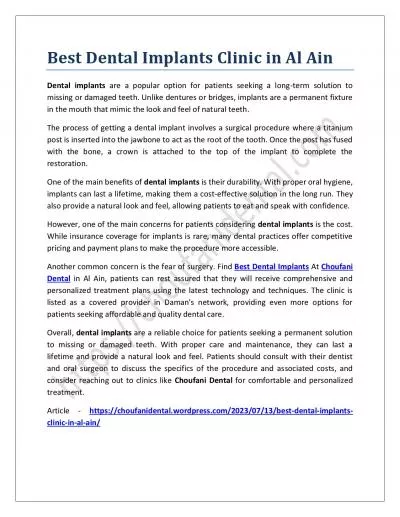PDF-BRITISH DENTAL JOURNALVOLUME 196 NO 6 MARCH 27 2004
Author : eleanor | Published Date : 2022-08-16
PRACTICE P Sloanand M N Pemberton Biopsies are an important diagnostic tool for the diagnosis of lesions ranging from simple periapical lesions to malignanciesPlanning
Presentation Embed Code
Download Presentation
Download Presentation The PPT/PDF document "BRITISH DENTAL JOURNALVOLUME 196 NO 6 MA..." is the property of its rightful owner. Permission is granted to download and print the materials on this website for personal, non-commercial use only, and to display it on your personal computer provided you do not modify the materials and that you retain all copyright notices contained in the materials. By downloading content from our website, you accept the terms of this agreement.
BRITISH DENTAL JOURNALVOLUME 196 NO 6 MARCH 27 2004: Transcript
Download Rules Of Document
"BRITISH DENTAL JOURNALVOLUME 196 NO 6 MARCH 27 2004"The content belongs to its owner. You may download and print it for personal use, without modification, and keep all copyright notices. By downloading, you agree to these terms.
Related Documents


